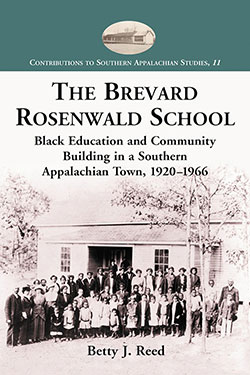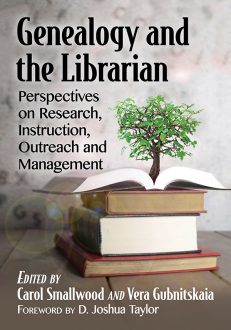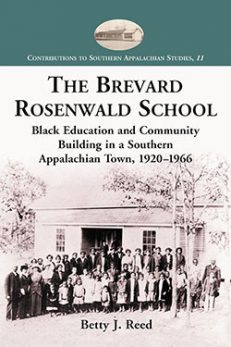The Brevard Rosenwald School
Black Education and Community Building in a Southern Appalachian Town, 1920–1966
$25.00
In stock
About the Book
A century ago, the Brevard Rosenwald School in Transylvania County, North Carolina, opened its doors to African American students from the community and the surrounding area. It was a microcosm of the community it served; teachers and pupils lived on the same streets, shopped in the same stores, worshiped at the same churches, and teachers and parents served on the same committees, confronted similar social and economic problems, and sought each other’s advice about issues in daily life. This book is a history of the school, with special attention given to the years 1920 to 1966, and its attempts to improve the education of African Americans in the South. It also focuses on the school’s beginnings, development, significance to the community, closing, and the integration process and the Rosenwald community today. The author also presents narratives from former students about their experiences and educational goals, pursuits and accomplishments at the school and later in their lives.
About the Author(s)
Bibliographic Details
Betty J. Reed
Format: softcover (6 x 9)
Pages: 248
Bibliographic Info: photos, appendices, bibliography, index
Copyright Date: 2004
pISBN: 978-0-7864-1743-8
eISBN: 978-0-7864-8412-6
Imprint: McFarland
Series: Contributions to Southern Appalachian Studies
Book Reviews & Awards
- Certificate of Commendation—American Association for State and Local History
- “a thorough and impressive study”—Appalachian Heritage
- “complemented by photographs…well indexed”—The Journal of Southern History
- “valuable”—Journal of Appalachian Studies
- “outstanding…meticulously documented, engagingly written, and insightful”—American Association for State and Local History






